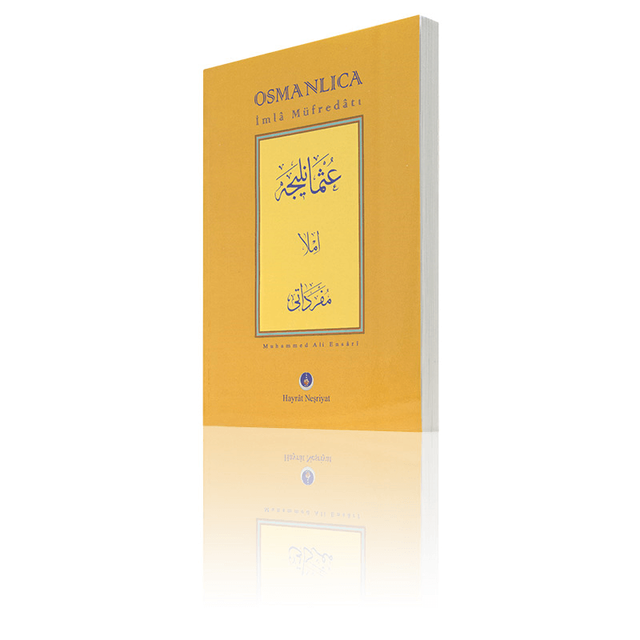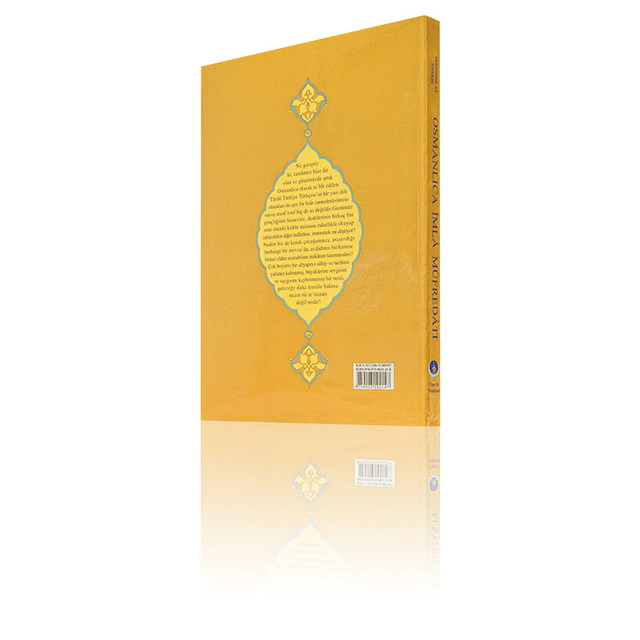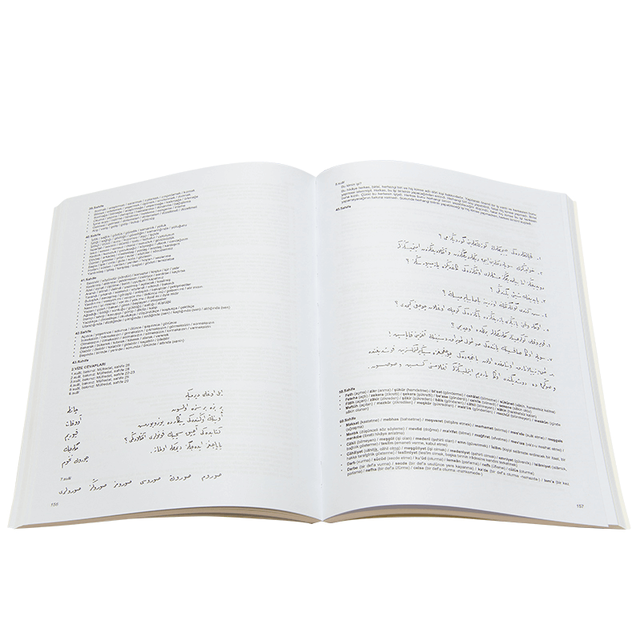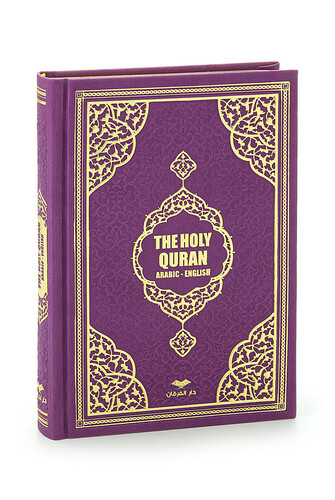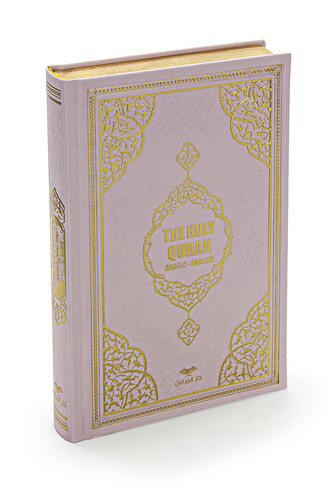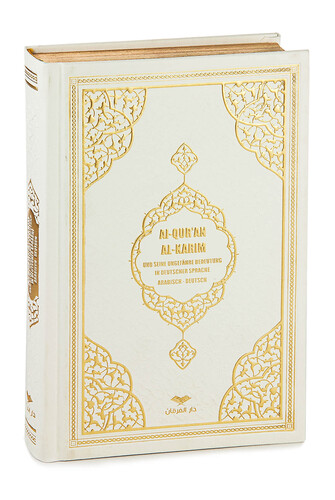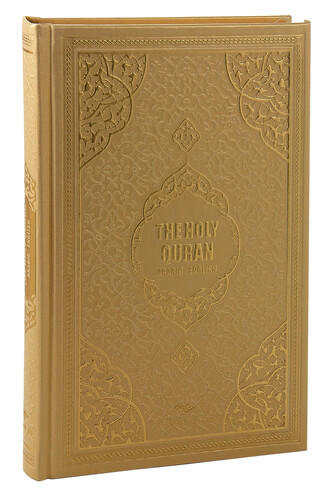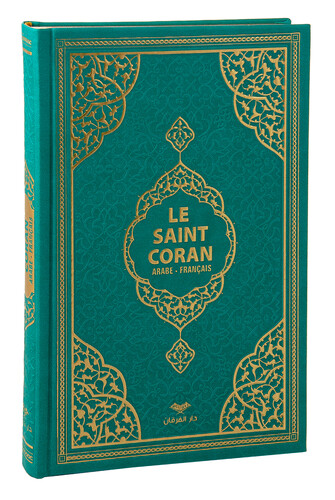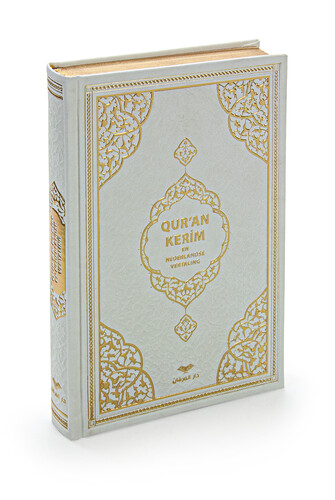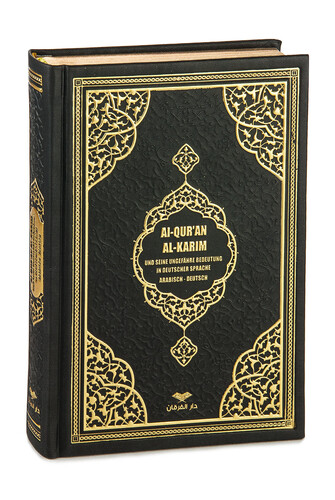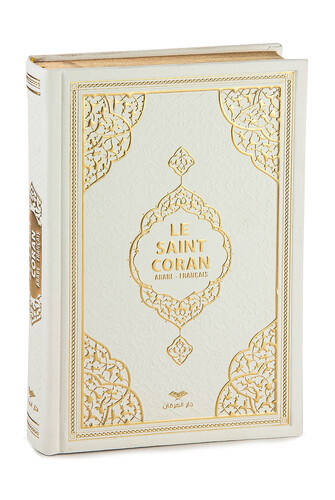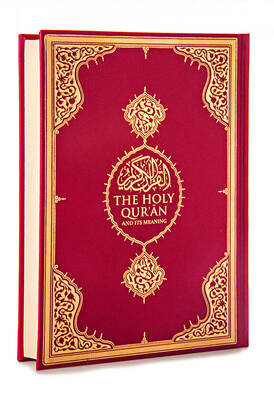Ottoman Spelling Curriculum-1914
Hayrat Neşriyat
Product Code : 9789759023218
Ottoman Language Spelling Curriculum Book Written by Muhammed Ali Ensari
109.00
TL
Out of stock
Alert when in stock
- Features
- Payment Options
- Comments (0)
- Recommend
- Images
- Call Me
-
Isbn 9789759023218
Number of Prints 1. Printing Number of Pages 252 Paper Type 1. Hm. Paper Dimension 20 x 28 cm TACTICSWhy shouldn't we give our own child the opportunity to reach out firsthand to the accumulation of his ancestor in any matter he investigates? Isn't it the birte that we look to the future with more hope, a generation that has a multidimensional infrastructure and no strangers to its history and has not lost its love and respect for its elders?Ottoman Spelling Curriculum
Almost all of our works, which form the basis of our national culture, are in Ottoman. However, our new generation is sadly devastated by the opportunity to sip both the contents and aesthetic tastes of the Ottoman text written on the entrance door of the university, which who knows which grandfather left behind a book or an old deed, a coin, a fountain kit, a historical bazaar entrance or perhaps the university entrance under which it passes every day.
How clear is the need for the heirs of a culture that opens up the age behind the scenes of the secret on which a whole jihadi state on which the sun does not set, to explore the astonishing infrastructure of those beauties that have haunted and radiated the world with dignity and compassion for centuries, not a few years.
Apart from our ability to be a bridge in the name of our national culture to the next generations, many of these unappreciated works of gin, many of which are stylistic and self-styled and which are schools in their own right, adorn the most mu'aâ corners of foreign museums and collectors.
However, in our own country, some of our ancestors have a meaning for us, and some of them are, Today, they are abandoned to the hurtful loneliness of a different and astonishing inability to make sense of the line, which has become a unique painting on the husûsî papers that can only be prepared with months of work, or which is sometimes carved into a brass sheet or marble in defiance of centuries, and sometimes stitched into a dome of a geni' dome that is meant to lose even its eye for the sake of it, and which is mind-boggling.
The numerous works of history that our ancestors have gifted us from a millennial historical corridor that we have always been honored with are as far away, meaningless and foreign to most of us today as they are to a tourist.
Millions of stone prints, many of which we are unaware of, or manuscripts that still retain this quality, are sadly waiting for the day when they will be unearthed from the dusty shelves of the stumps, where they appear doomed to rot.
However, ironically, the number of people who think that Târihî Turkish, which is now referred to as Ottoman, is not only a writing language, but also a separate lisân, is not at all small.
And the children of a nation that ruled the jihad for seven centuries can no longer hoard from the cultural accumulation of their ancestors to this day, except for the translations put before them. It is a separate case that many of these translations are incomplete or even even. In the Ottoman Archives of the Prime Minister's Office, we do not have enough technical staff to translate the works, historical texts and documents into the present writing one by one, as demonstrated by the studies aimed only at sorting the documents and needing more years.
So does the share of today's youth fall to envy other nations that can easily read and understand their grandfather's cultural heritage from a few thousand years ago?
It is with regret that from the neat researches carried out by Western researchers by learning both Turkish as a language of speech and Ottoman Turkish, which is a writing language, only english speakers can be hoarded today, while these foreign sources with scientific translations (!) refer, ironically, to our own national stump a block away.
It is not possible for those who have a little bit of national expenditure and some share in the culture not to feel sorry for the situation we are in. Learning Ottoman is a debt of ideas that have already expired against the history and history of a generation that is unfamiliar with its culture in its homeland.
So is it difficult to learn Ottoman Language, which will lead our reclusive people and all of us to our own classics and will now allow us to interpret our own identity not by the hands of strangers, but by the diligent research of our own children?
This book, which has as much self-knowledge as possible, will show its readers that Ottoman language is absolutely very easy, as well as; it will also help our students studying literature, history, sociology and theology faculties and young, investigative scholars from all branches of tomorrow. Learning Ottoman is, above all, a matter of the heart. If we can examine the imitated manuscript with love, curiosity and understanding, we can easily nuptial the more admirable depths of a unique culture that we have not been very close to until now.
To put it simply, Ottoman is not difficult.
The effort is from us, and the repentance is always from The Almighty.ContentsB. Property (ownership) annexes 34
I. OSMANLICA TURKISH ELEMENTS 9
A. Ummî ma'lûmât about letters 9
A. Recognition by typing letters 9
B. Some abbreviations and changes in handwriting in Ottoman 9
c. Joint states of letters 10
d. Figures 11
E. Letters that do not merge into the letters after it (Hurûf-i munfasila) 11
F. Different letters used in Turkish but not in the quran 11
G. Some punctuation works written differently in Ottoman 11
B. Reader letters 12
II. SPELLINGS 13
A. Spelling principles related to reading letters 13
A. "Elif letter and "a" sound 14
B. Letter "he" and "e - a" sounds 15
c. The letter "vav" and the sounds of "u - ü - o - d" 16
d. The letter "eat" and the sounds of "i - i" 17
B. In Ottoman, the types of "Letter of Kaf" were found in the 18th century.
A. Kaf-i Arabi 18
B. Kaf-ı Fârisî 18
c. Kaf-i nûnî (deaf, nasal ne) 18
d. Kaf-iyâyî (vâvî) 19
E. The difference between the spelling of the letters "Kaf and kaf, kaf-ı Fârisî and gayin" in the 20th
A. Spelling of Turkish words 20
A. Letters in the Qur'an that are not used in Turkish words 20
B. Other animosities to consider in determining Turkish words 21
c. The letters "Sad" and "ti" are 22
D. Complementary spelling pedestals 25
A. Verb roots in lean form of names 25
B. Clichéd appendix and words 25
c. 2. Individual order sets 25
d. The nehiys of this kit 25
E. 3. Order kits of individual and plural persons 26
F. Writing Arabic and Persian words 26
G. Other foreign words 26
h. Writing numbers 26
i. Question attachments, "ki" linker, "genius" meaning "de" 27
J. The inscriptor "ye" letters in the appendixes that perform tamlama or ownership 27
K. Tenvins 27
I. With the sound "a" in it, the sound imitations are 28
m. Some of the characteristics of the letters that do not end in the letters after him are 28
N. Use of bold and thin letters according to their audible harmony 28
That. Spelling of "some" and "same" 28
E. Some words whose spelling is clichéd 29
A. Labor pronouns 29
B. Issue names 29
c. Degree number adjectives 29
d. Uation number adjectives 29
E. Individual pronouns 29
F. "ki" attachments 30
III. ATTACHMENTS 33
A. State appendixes of the name 33
A. Don't, install attachment 33
B. Export, orientation attachment 33
c. Departure supplement 33
d. Find attachment 33
E. Relevance supplement 33
F. Vehicle attachment 33
G. Equality supplement 33
A. Newsps in verbs (time supplements) 35
A. Wide time supplement 35
B. Current time supplement 36
c. Next time supplement 37
d. Di's past time supplement 37
E. Mischip past time supplement 37
D. Request sets for verbs 38
A. Wish - condition mode 38
B. Requirement mode 38
c. Require mode 38
d. Order mode 38
E. Masdar attachments 39
A. Original masdar supplement 39
B. Lightened masdar supplement 39
c. Nev'î masdar supplement 39
F. Some of the other appendixes whose spelling is clichéd are 40
A. Some add-ons that make a name out of the name 40
B. Some add-ons that make verbs out of names 40
c. Some appendixes that make verbs out of verb 41
d. Some other additions 41
A AMENDMENT 45
Ebced account 51
IV. OSMANLICIDA ARABIC ELEMENTS 55
A. Structure of Arabic words 55
A. Original letters 55
B. Zâid letters 56
c. Vezin and bâb ta'bîrleri 57
B. Sulai masdars 58
A. Types of sulaimans 58
B. Masdars thousand 61
c. Vezins of the sulaimans 64
d. Ism-i fâil and ism-i mef ûls of the sulaimanious disciples 66
C. Mezîdun fîh masdars 66
A. Bankruptcy 67
B. Tafîl 68
c. Tefe"ul bâbı 70
d. Mufâ'ale 74
E. Infi'âl bâbı 75
F. Ifti'âl bâbı 76
G. Tefâ'ul bâbı 77
h. Hoarding 78
D. Names 79
A. Ism-i fâil 79
B. Ism-i mefûl 79
c. Adjective-i-customer 79
d. Mubâlağali ism-i fâil 80
E. Ism-i tafdîl 82
F. Ism-i tasgîr 86
G. Name-i-place 86
h. Name-i time 87
i. Name-i-world 87
J. Ism-i mensûb 87
E. Arbitrariness in Arabic words 88
A. Museum and muennes 88
B. Signs of obedience 88
c. Muennes words tasnffi 89
F. Kemiyet in Arabic words 91
A. Mufred 91
B. Rosarian 91
c. Cemi' 91
G. Completes 95
A. Hurûf-i umbrella and cameroon 95
B. Name complete (terkîb-i izâfî) 95
c. Adjective completeness (terkîb-i tavsifi) 97
d. Chain taming 97
E. Differences between Arabic and Persian completes 98
F. Shapely completes (izâfet-i lafziye) 98
V. PERSIAN ELEMENTS IN OSMANLICA 101
A. Completes 101
A. Name complete (terkîb-i izâfî) 102
B. Adjective completeness (terkîb-i tavsifi) 103
c. Chain tame (tetâbû-i izâfât) 104
d. Cut completeness (izâfet-i maktû') 104
E. Izâfet-i beyâniye (attribution) 104
F. United name 104
G. 104
B. Some commonly used Fârisî inserts 105
A. Suffixes 105
B. Prefixes 105
VI. EK MA'LÛM and Acirc; T 111
A. Ebvâb-i sitte 111
B. Names 111
C. Aksâm-i seb'a 112
A. True words 112
B. Provincial words 113
D. Changes of provincial letters and actions 114
A. Flipping (heart) 114
B. Harekeke removal (settlement) 115
c. Discarding the letter (hazf) 115
E. Mezfd masdars 115
F. Spelling of Hemze 117
G. Tables 118
A. Turkish verb shots cedveli 118
Di's past time kits 118
Misman past time kits 118
Present-day kits 119
Future timeps 119
Wide timeps 120
Wish-condition kits 120
Request kits 121
Requirements 121
Order kits 122
Simple timeps 122
Custom combined verb tiles 123
B. Transcript for Alfâbesi 123
c. Mezfdun ffh masdars, ism-i fâil and ism-i mef's cedveli 124
d. Vein cedve of sulasf names 125
VII. HÜSN-I HAT 129
A. Line to Rik. 131
Placing points and writing harems 131
Some characteristics of letters that do not merge to their predecessors 131
Letters written differently when combined 131
Letters that te's to the spelling of the letters before it 132
Considerations for the writing of some letters 133
B. Ta'lîk line 141
c. Dîvânî line 142
d. CelîDivânî line 142
E. Line 142
F. Pheasant line 143
G. Nesih line 146
VIII. READING TEXTS AND MA'N and Acirc; LARI 151
IX. OSMANLICA READING TEXTS 171OSMANLICA SPELLING CURRICULUM PRODUCT FEATURES
WORK NAME : OSMANLICA SPELLING CURRICULUM
AUTHOR : MOHAMMED ALI ENSARİ
PAPER SKIN : 1.DOUGH SHAMUA 70 GR
WEIGHT : 0.63EN / HEIGHT : 19 X 28
Benzer Ürünler


